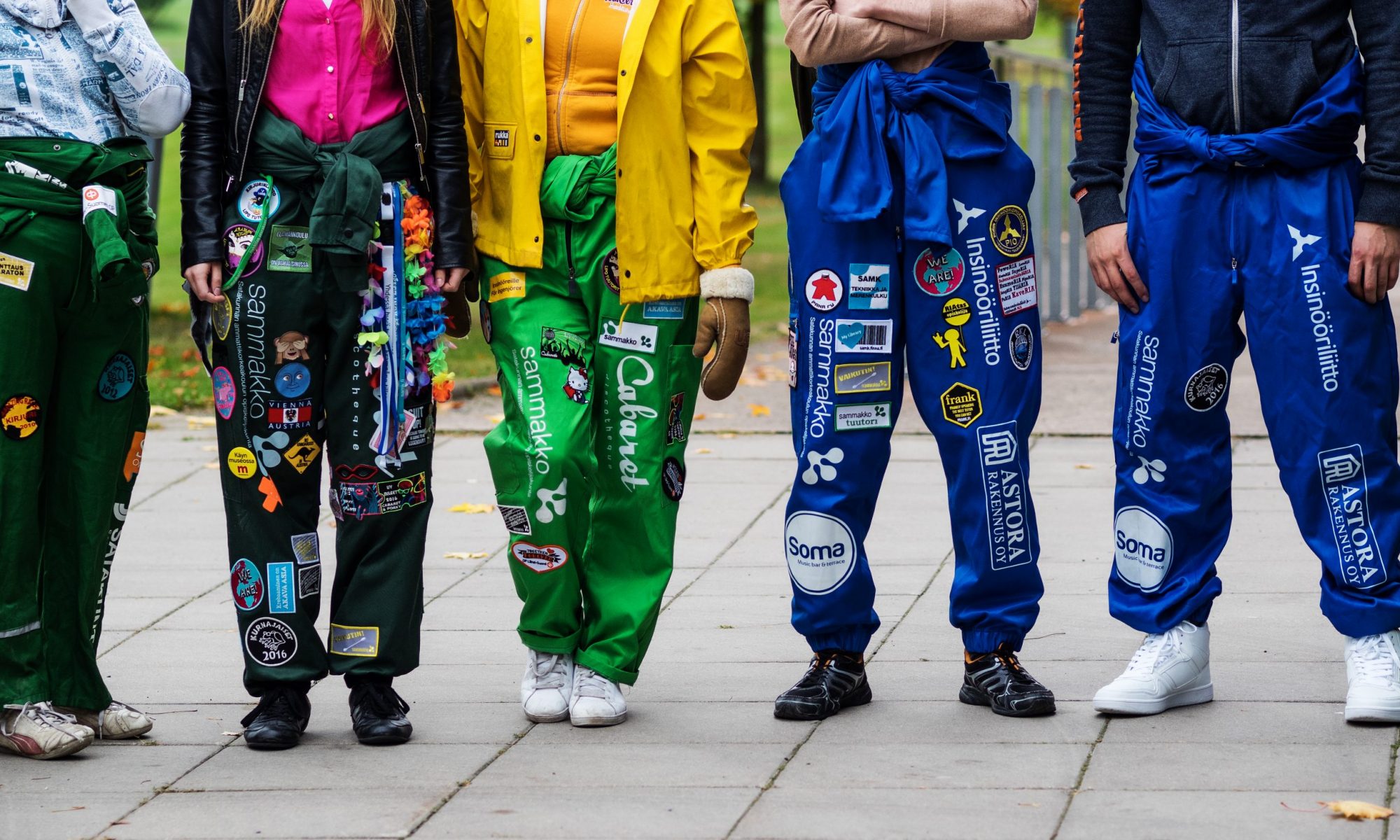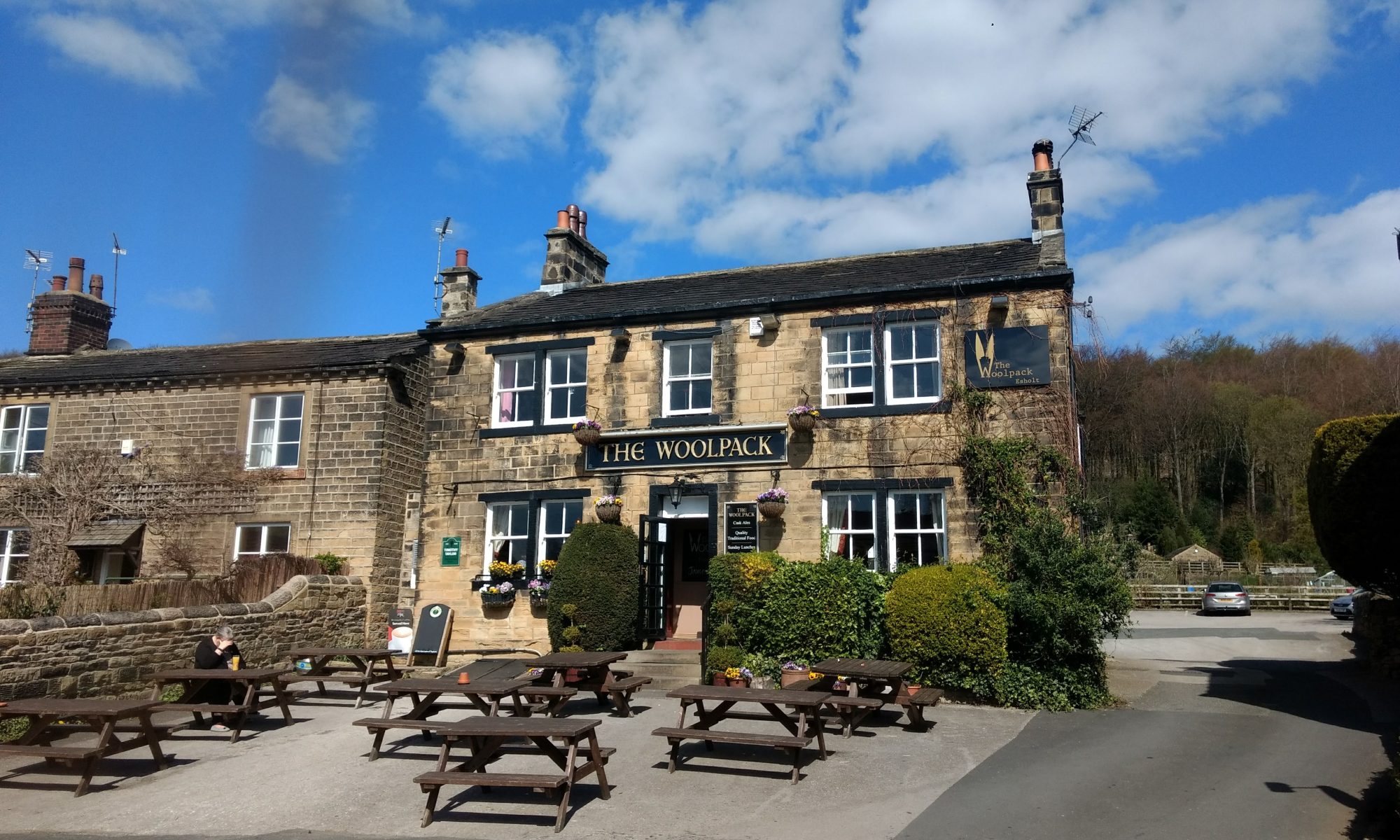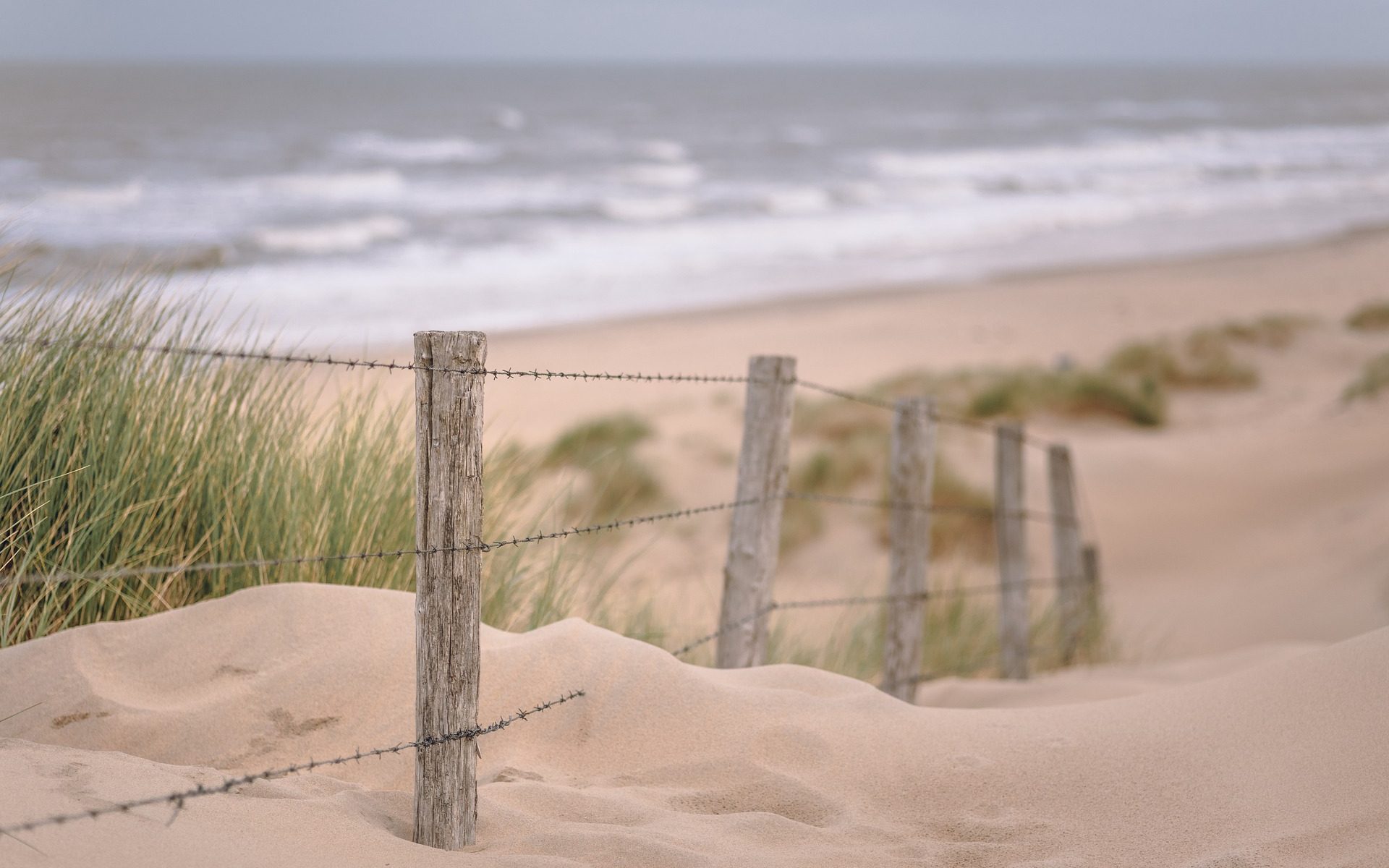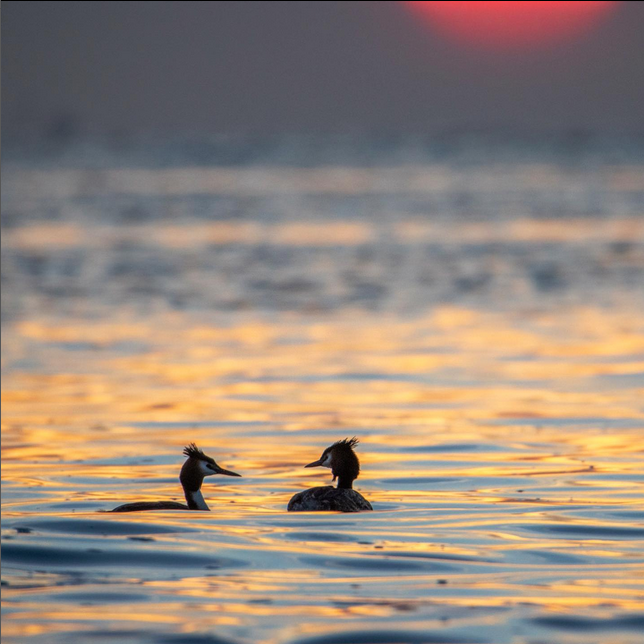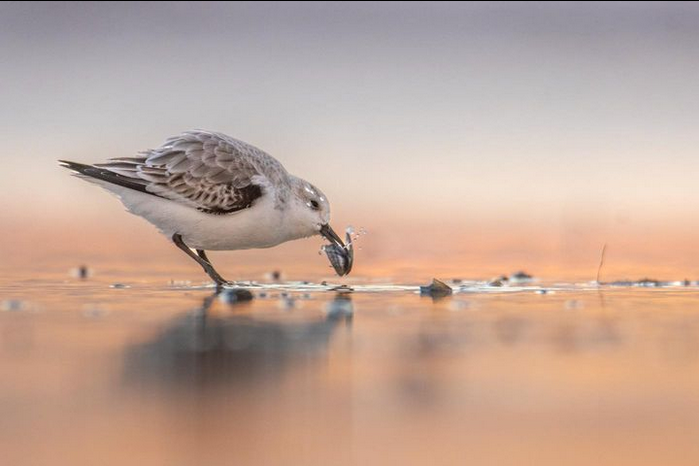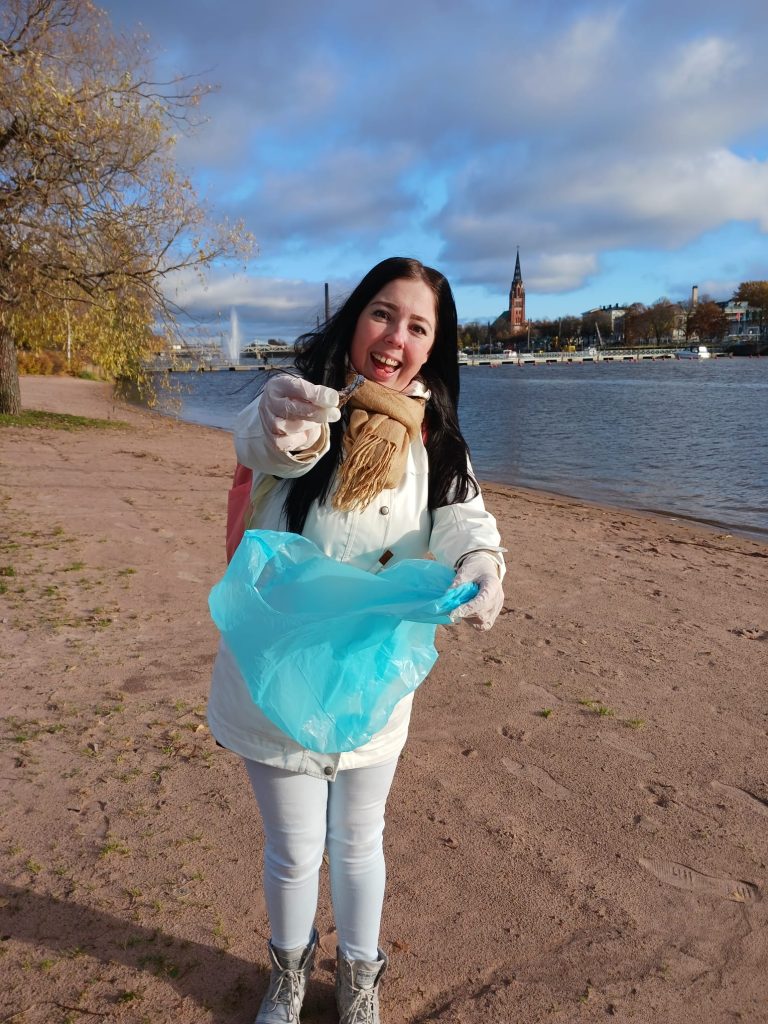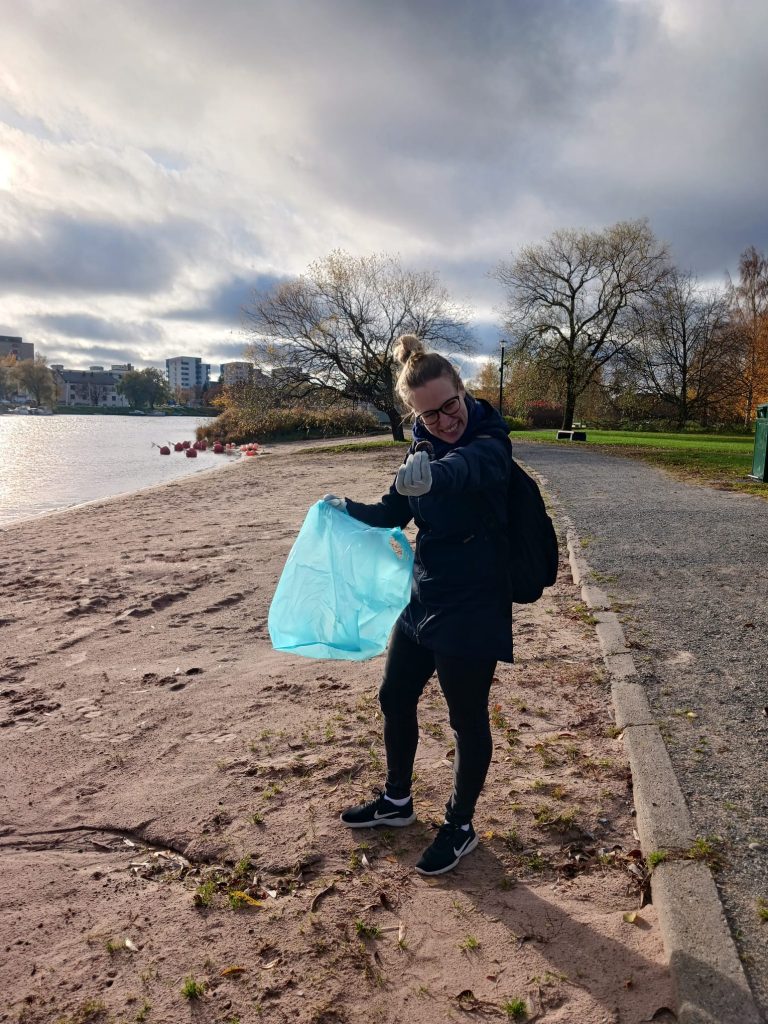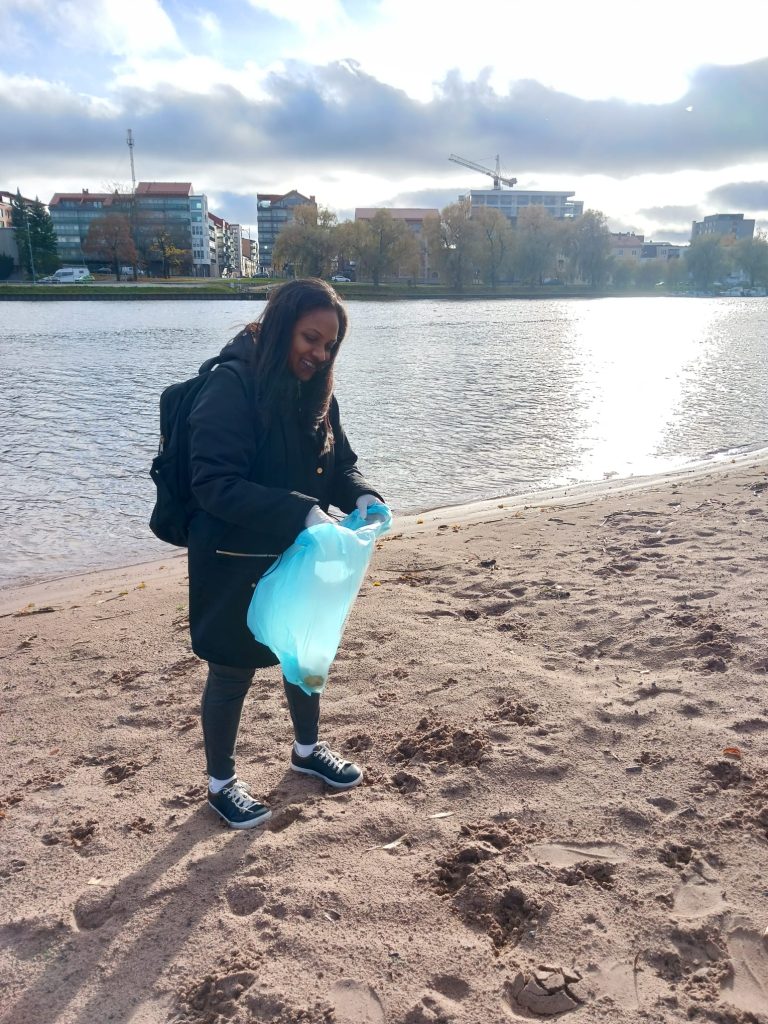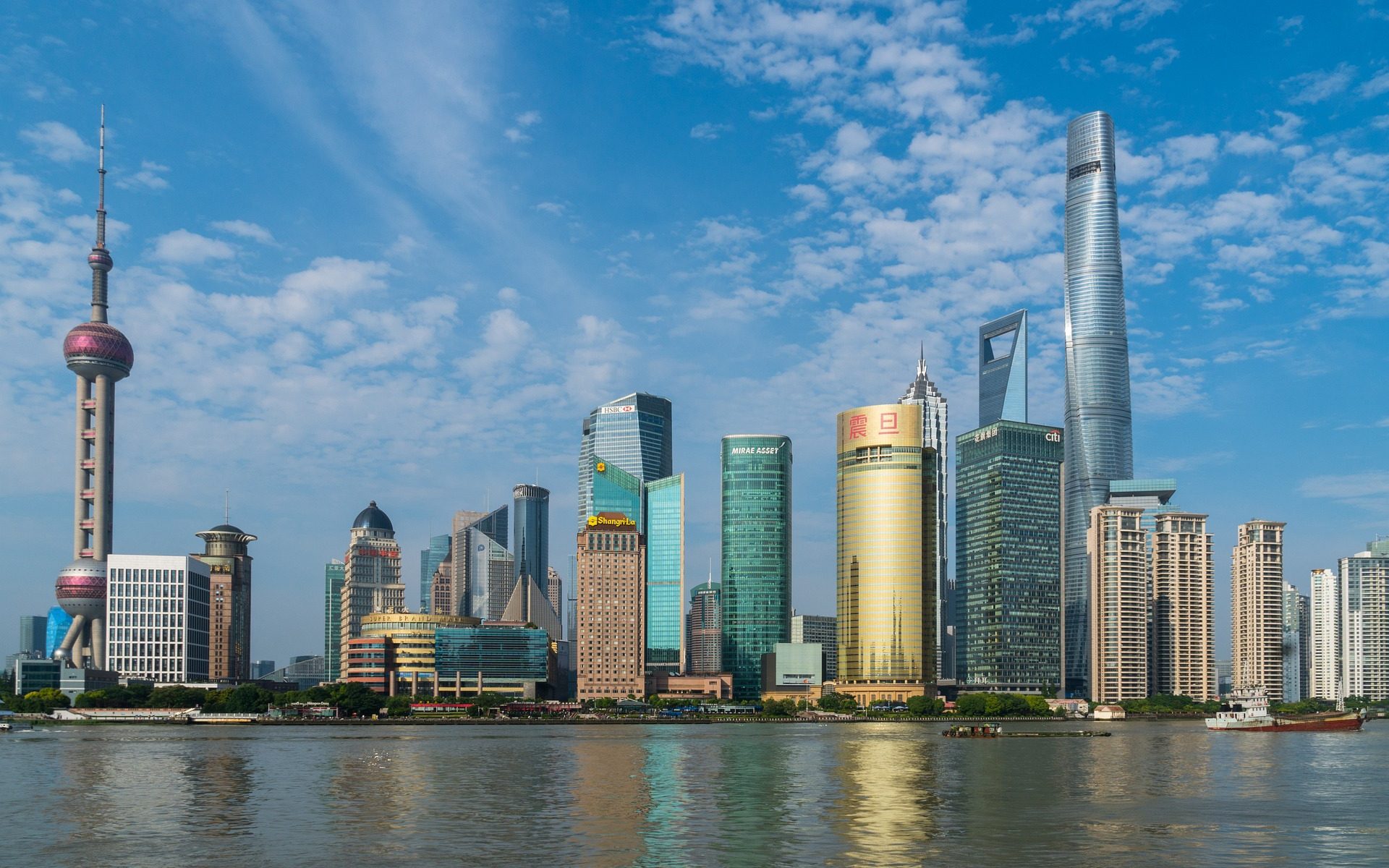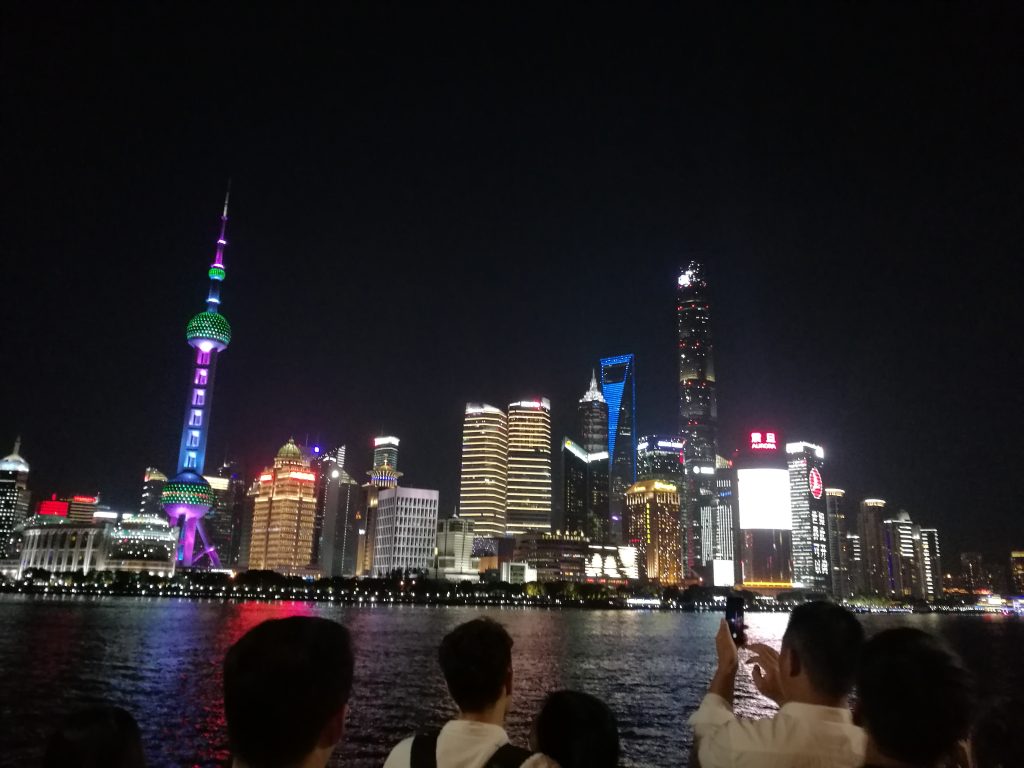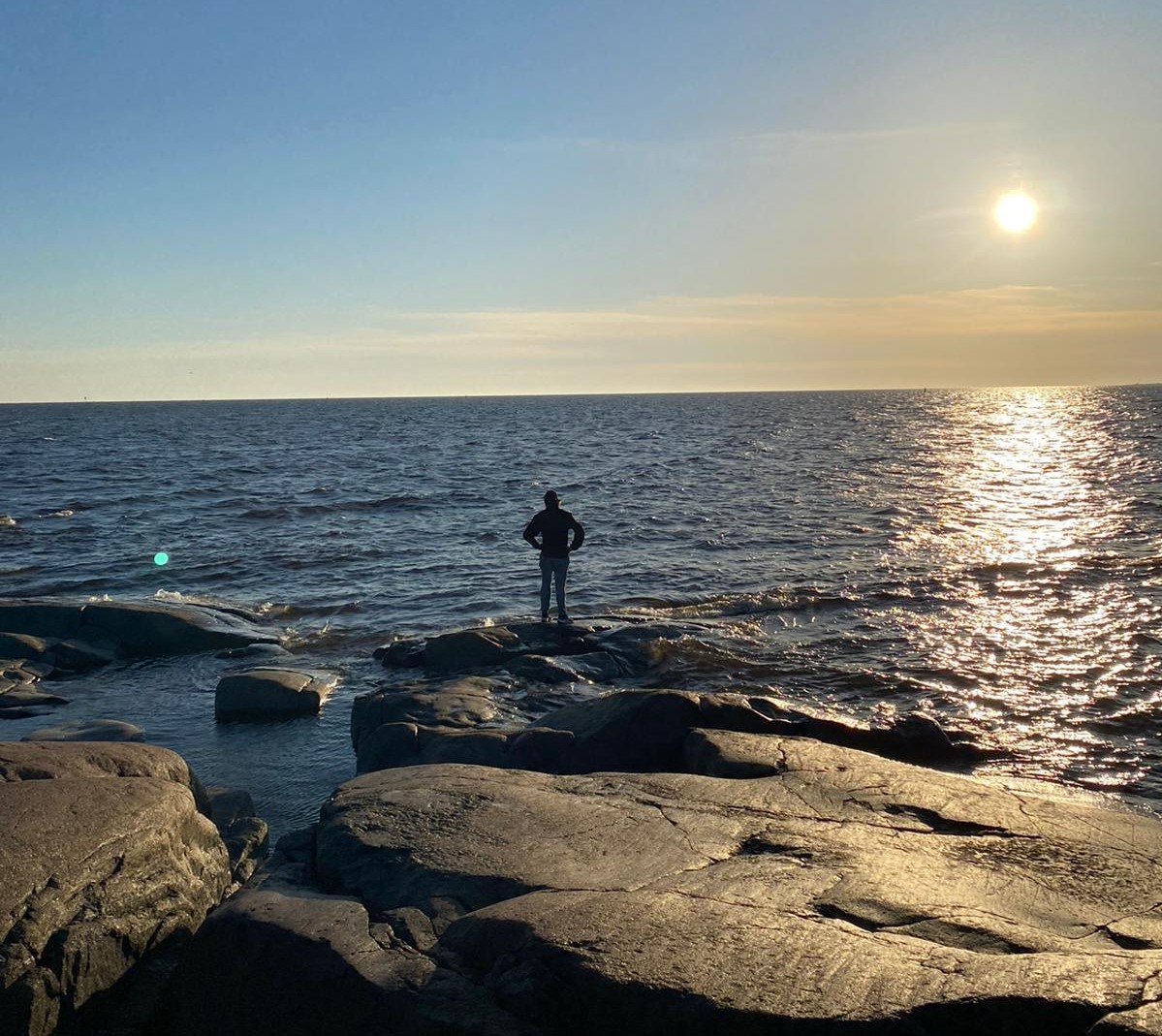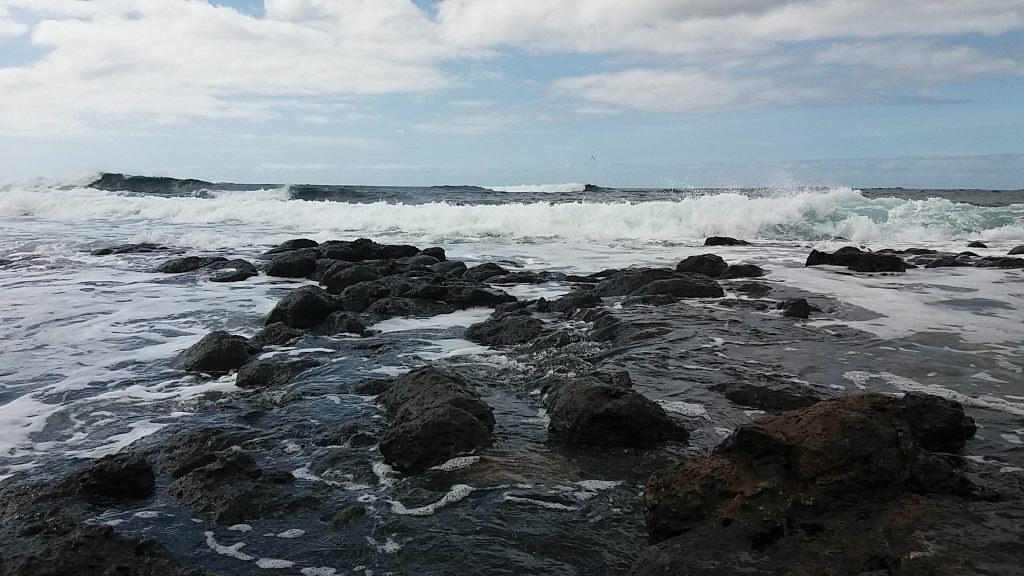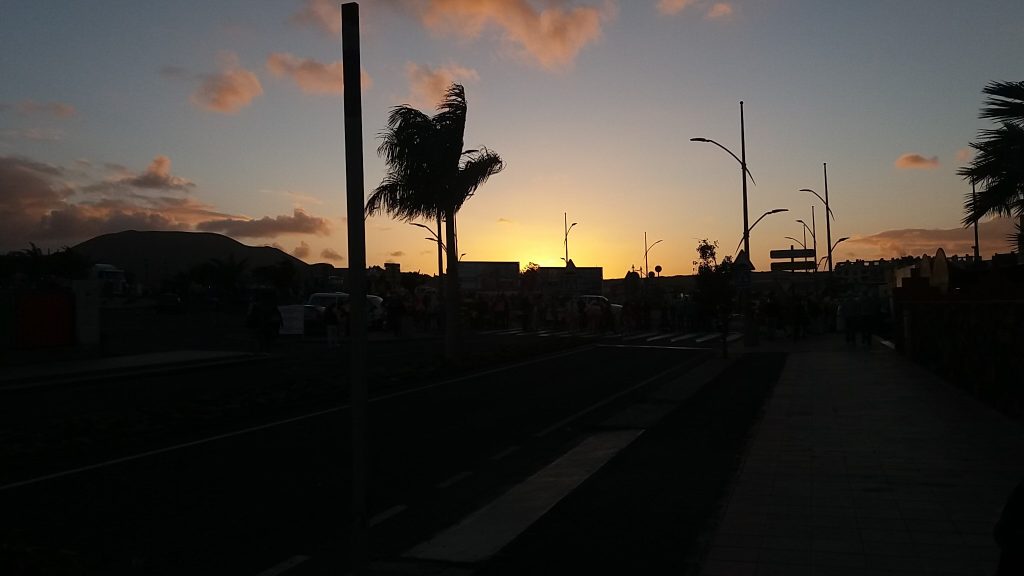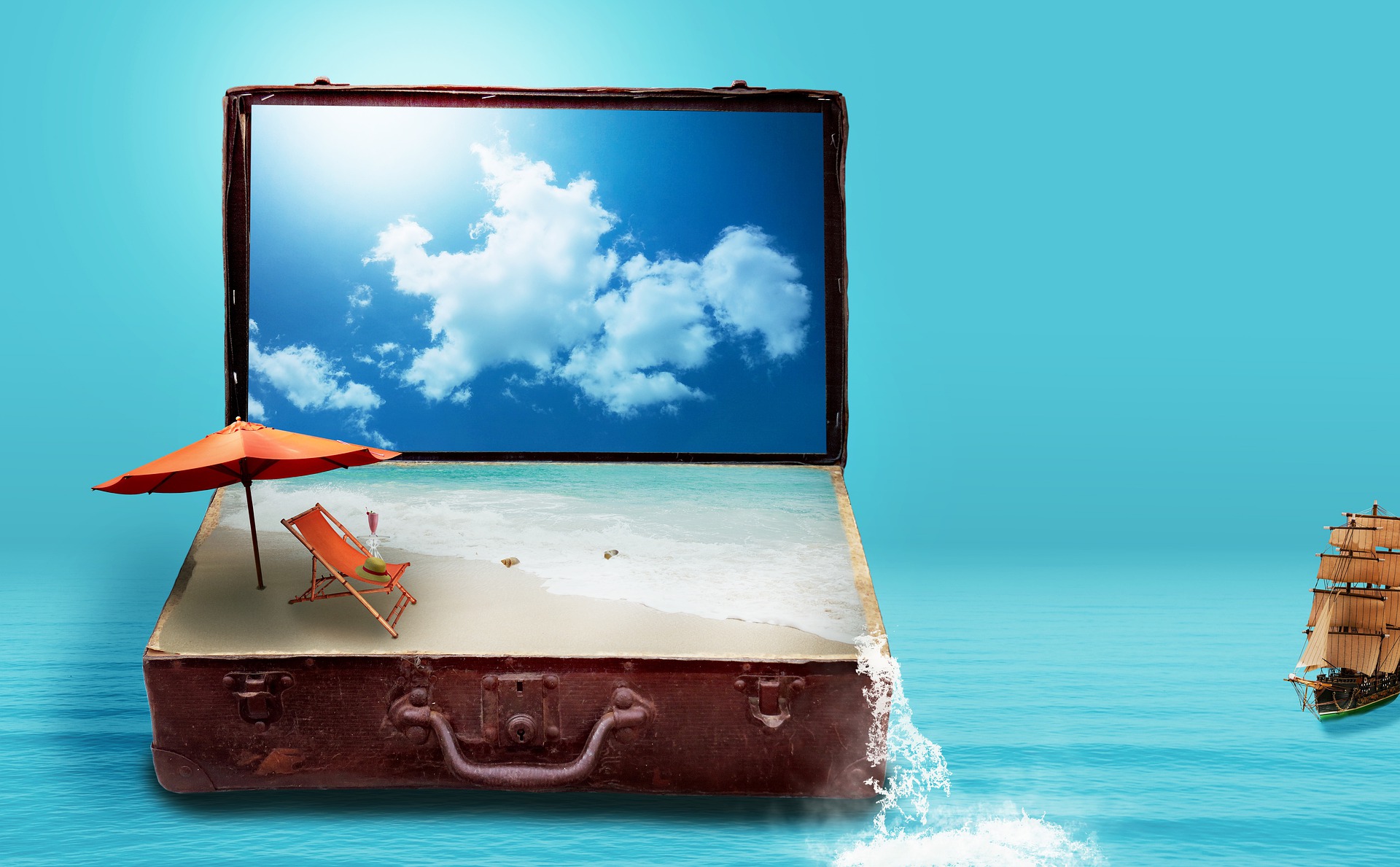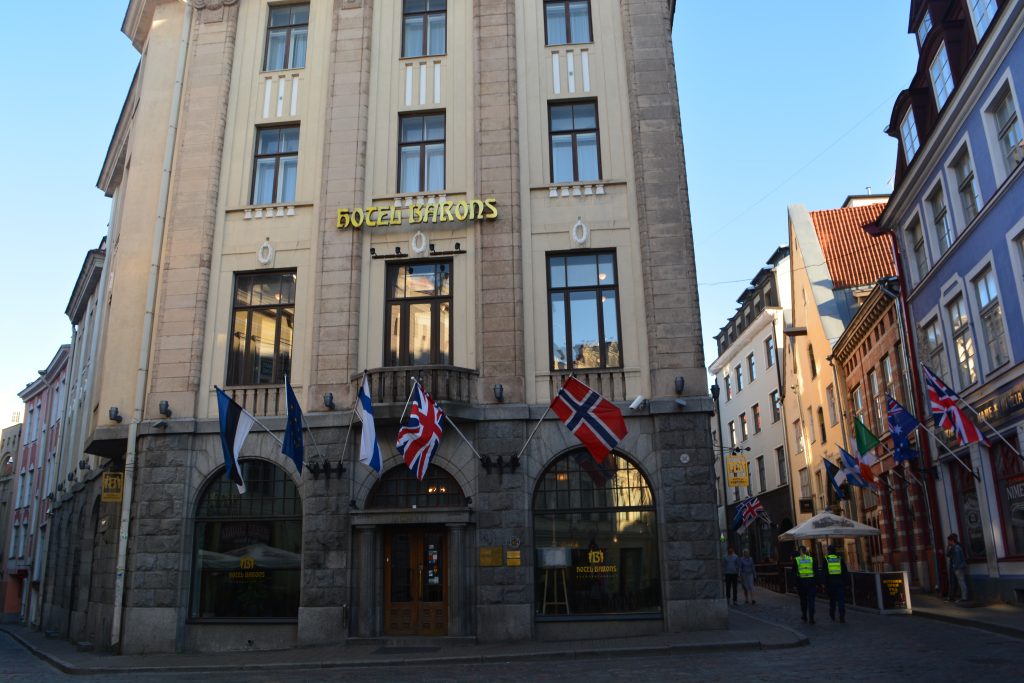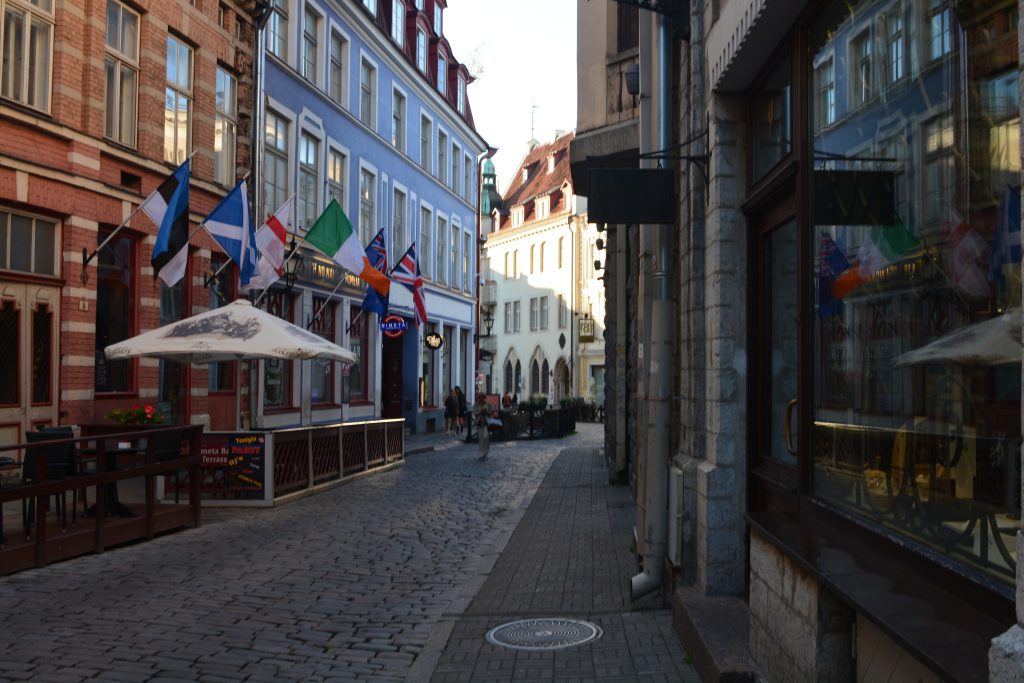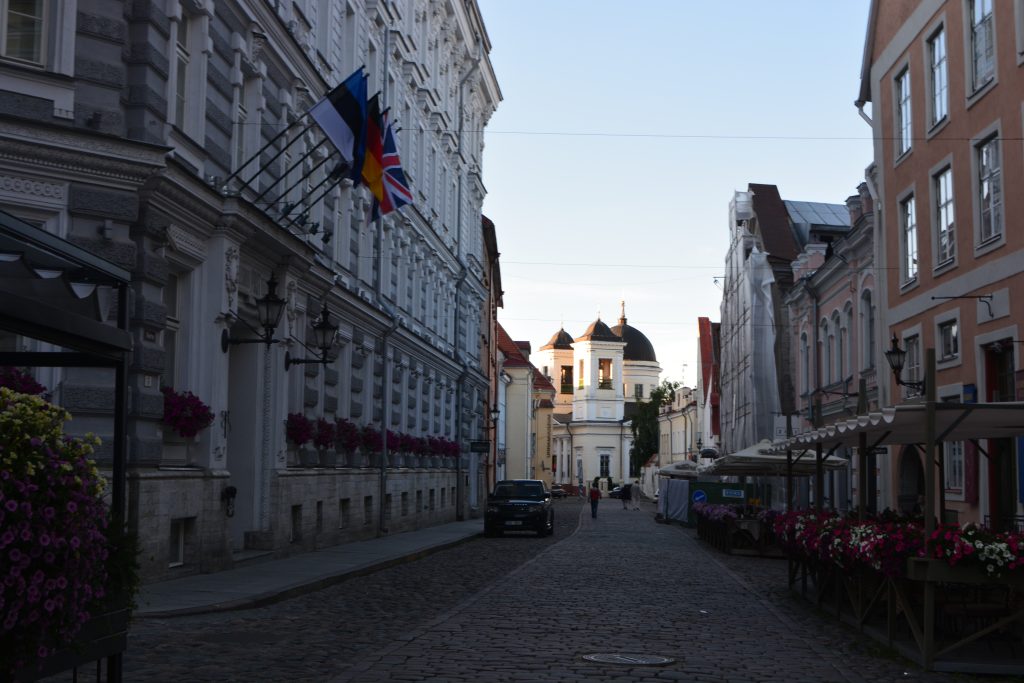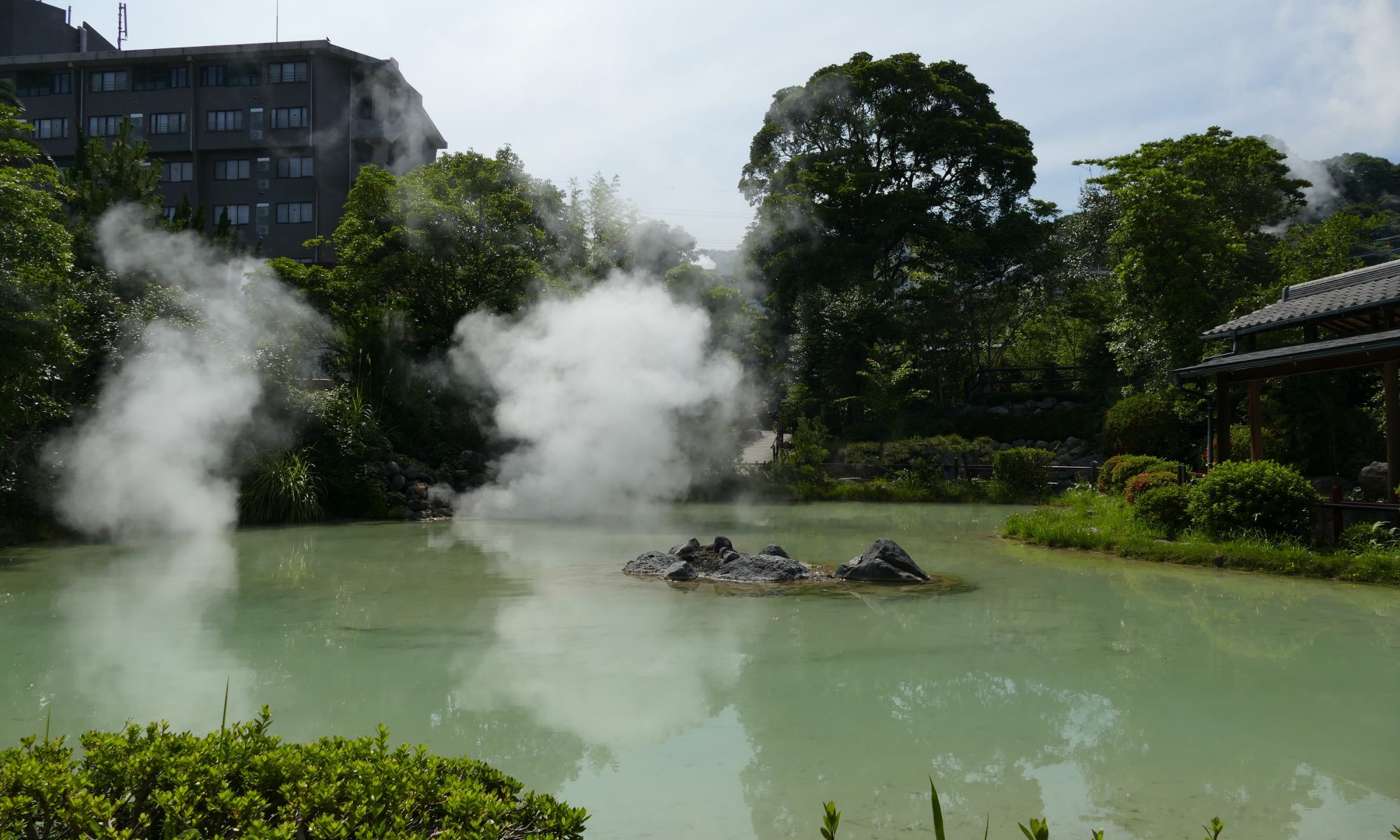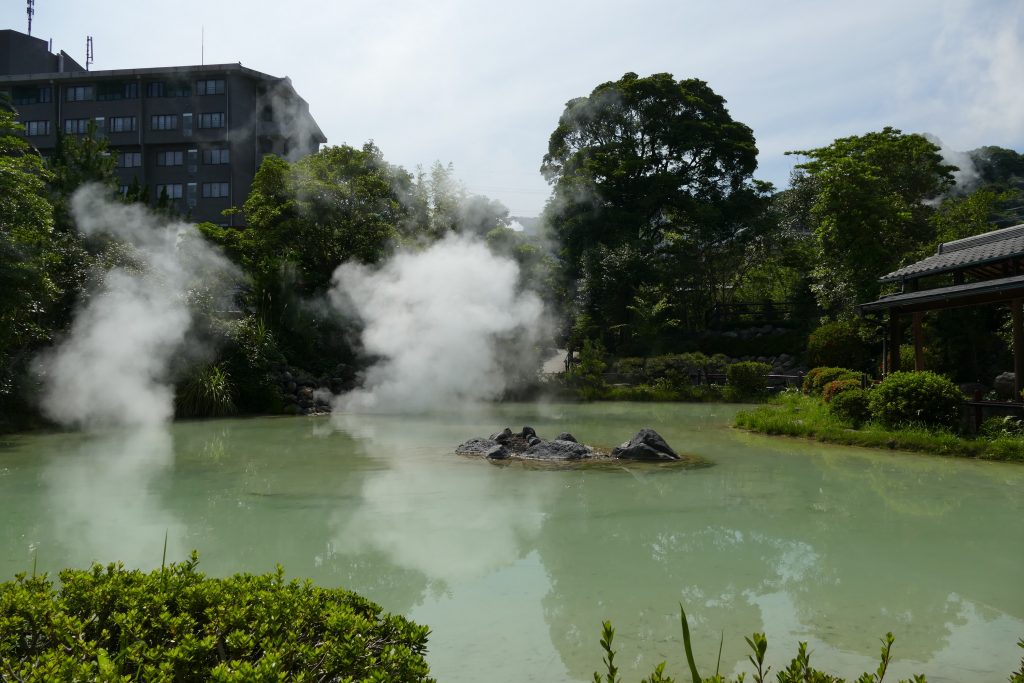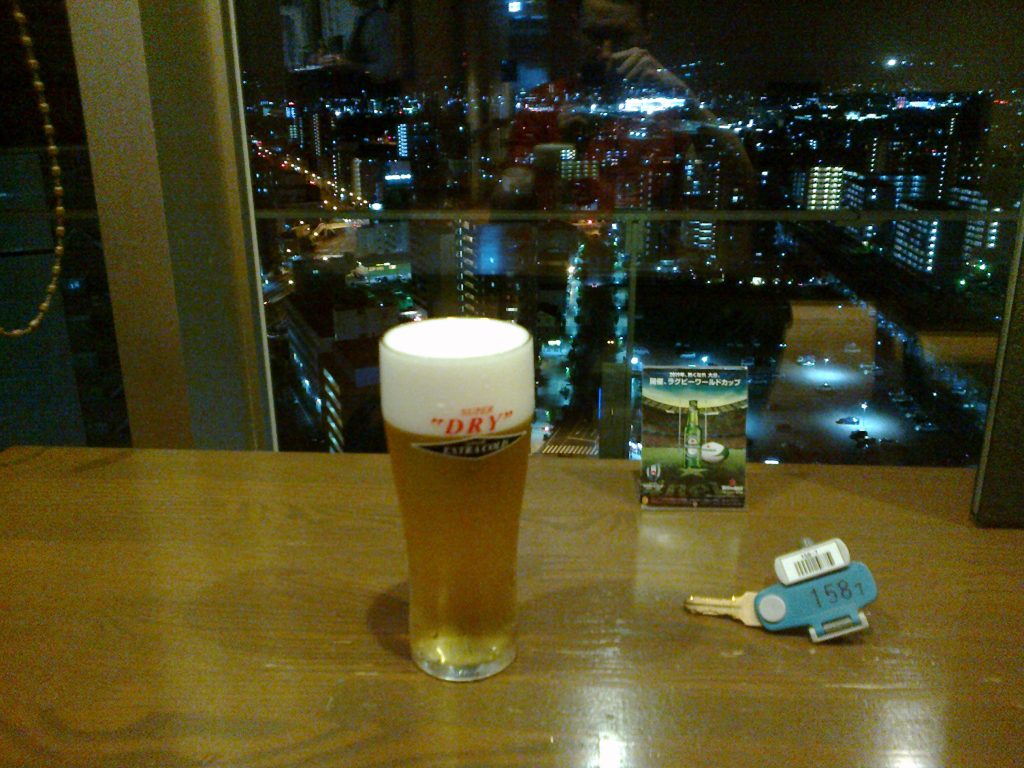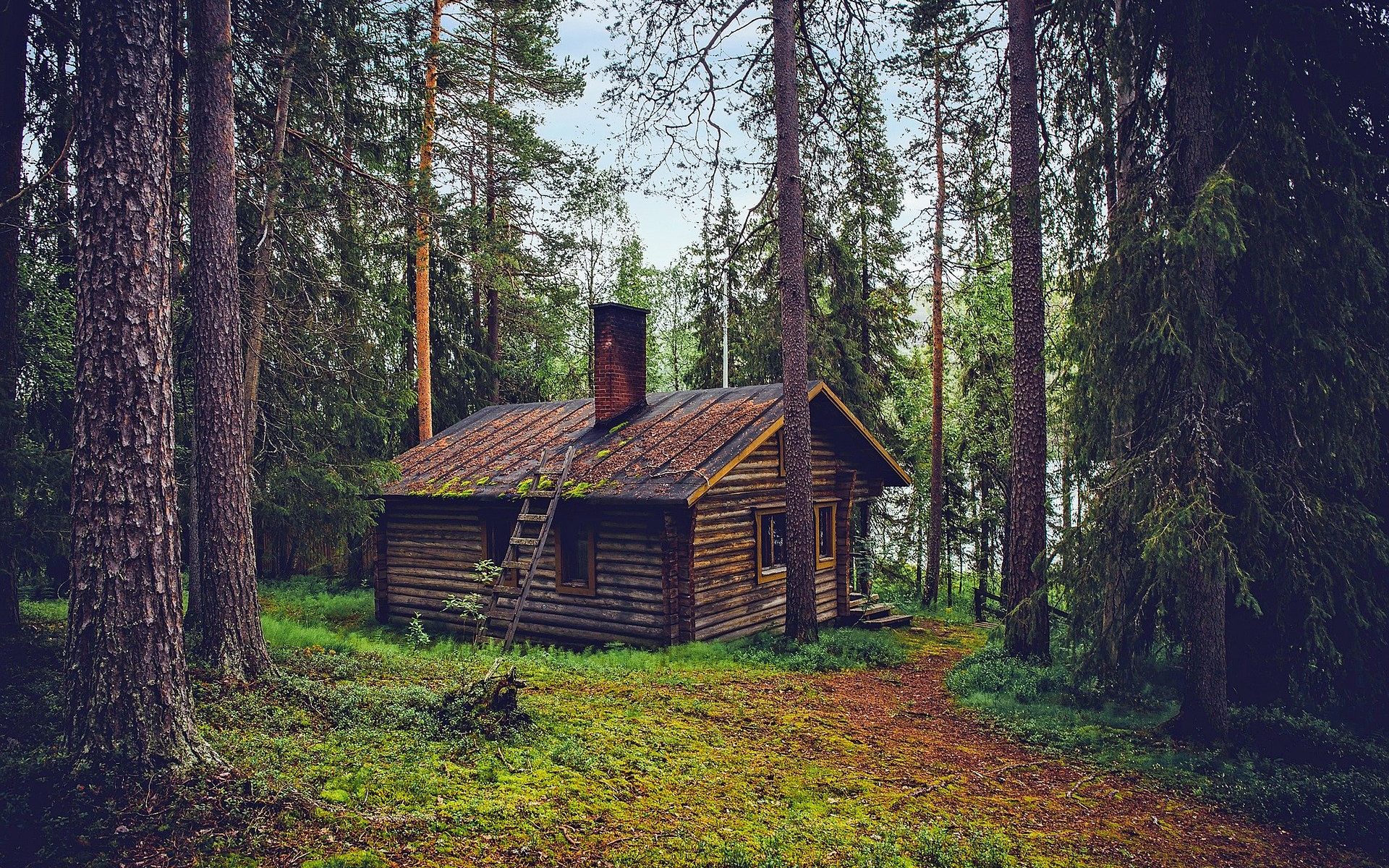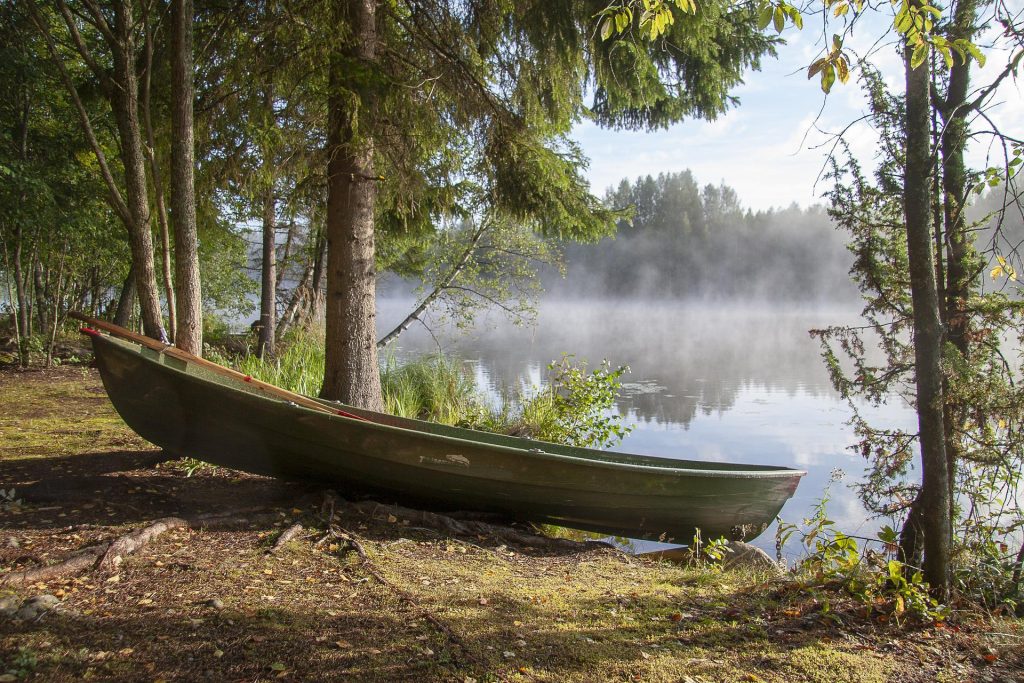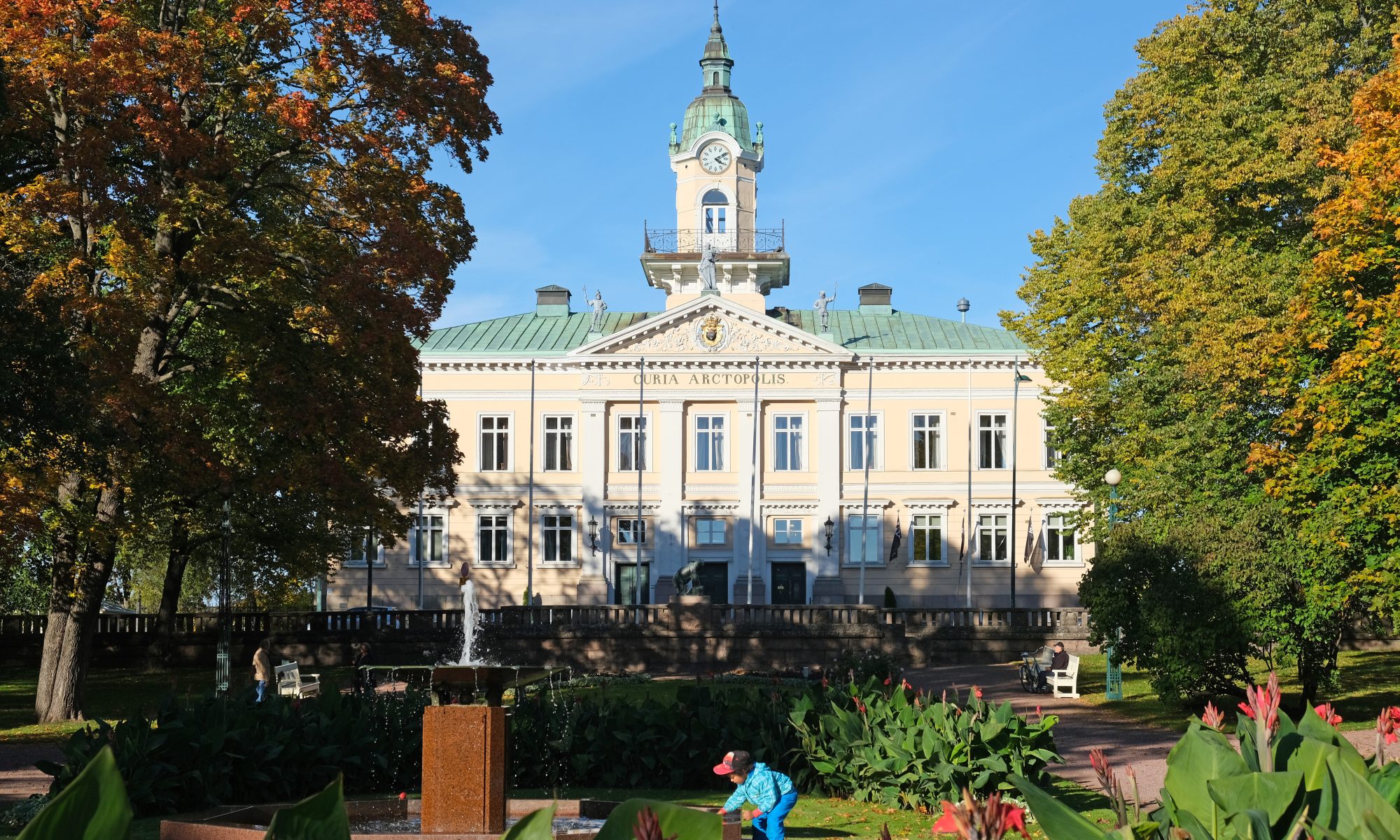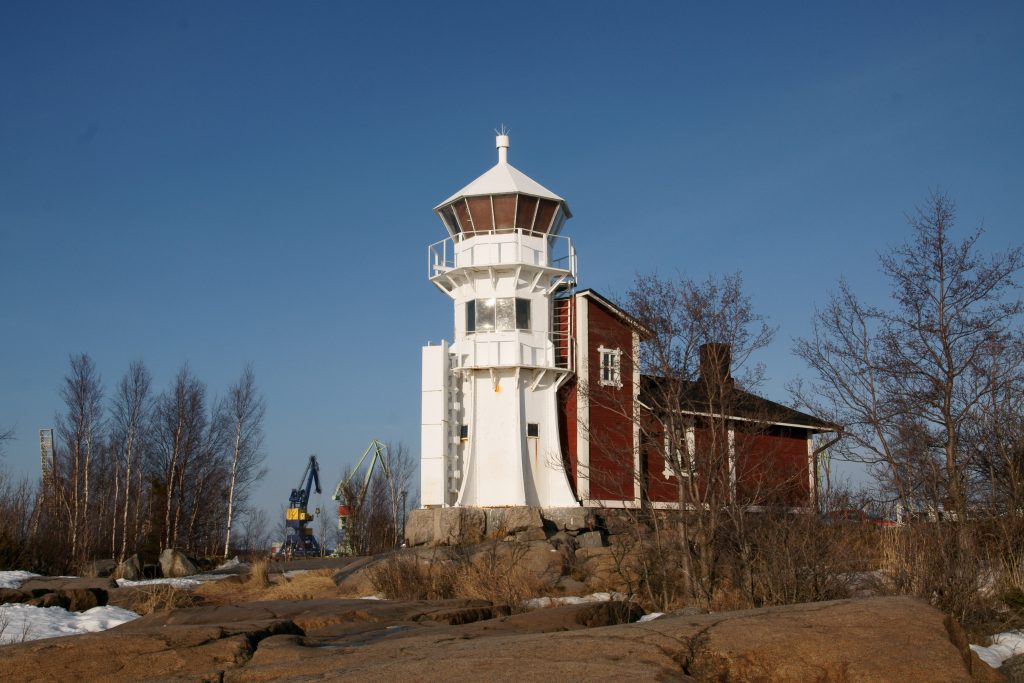Matkailu, etenkin ulkomaille, on aina ollut yksi mielenkiinnon kohteistani. Oli kyseessä sitten rantalomakohde tai kaupunkimatka, haluan tutkia mahdollisimman paljon kyseistä miljöötä, tutustua sen kulttuuriin, ja ihan vaan nauttia ja ihastella nähtävyyksiä. Pidän tutusta ja turvallisesta, mutta usein, mitä erilaisempi ympäristö on, kuin mihin koto-Suomessa on tottunut, sitä hauskempaa on lähteä katselemaan, mitä kyseisellä kohteella on tarjota.
Luokkaretki Saksaan
Viimeisimmät reissuni ennen korona-ajan sulkuja olivat keväällä 2019: kolmen viikon koulumatka Saksaan ja viikon lomareissu äitini kanssa Englantiin. En ollut käynyt kummassakaan maassa aikaisemmin. Saksaan ihastuin aivan hurjasti. Päämajoituksemme sijaitsi Bambergissa eräässä hostellissa aika kaukana keskustasta ja noin puolessa välissä reissua vietimme neljä yötä myös Berliinissä. Tämä matka vahvisti haluani oppia lisää saksan kieltä ja toi silloista luokkaamme myös enemmän yhteen, koska meillä ei ollut siellä kuin toisemme emmekä olleet tunteneet ennestään kovin kauaa. Siksi olikin hauska tutustua uudella tavalla erilaisessa ympäristössä omiin luokkatovereihin.
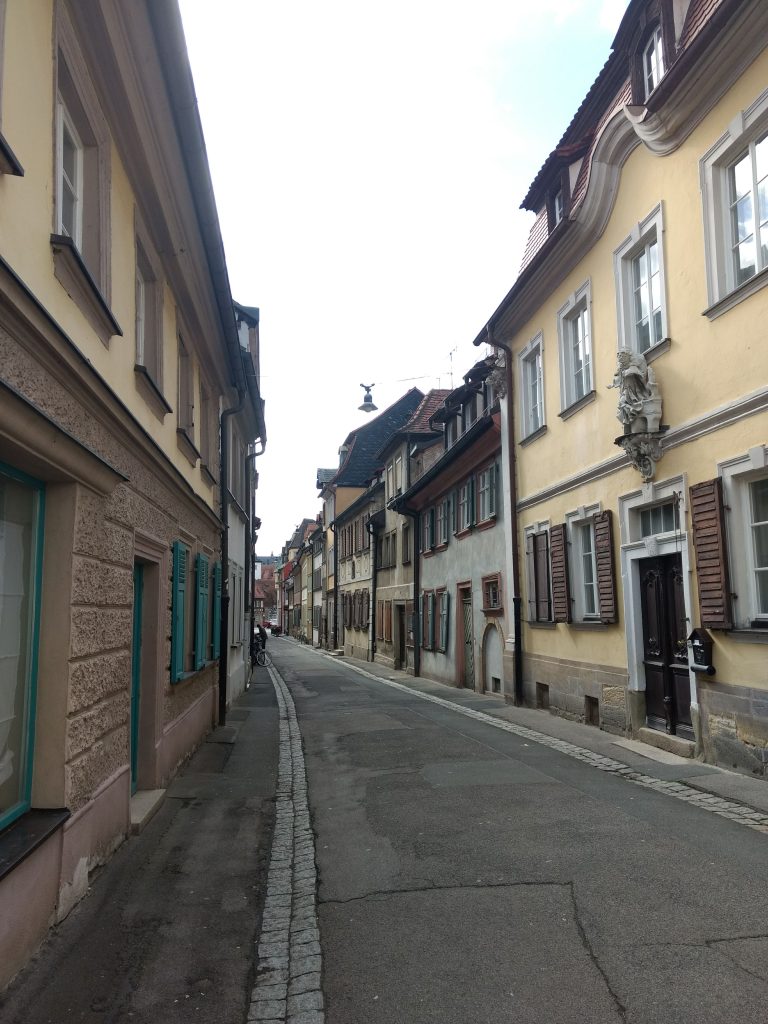
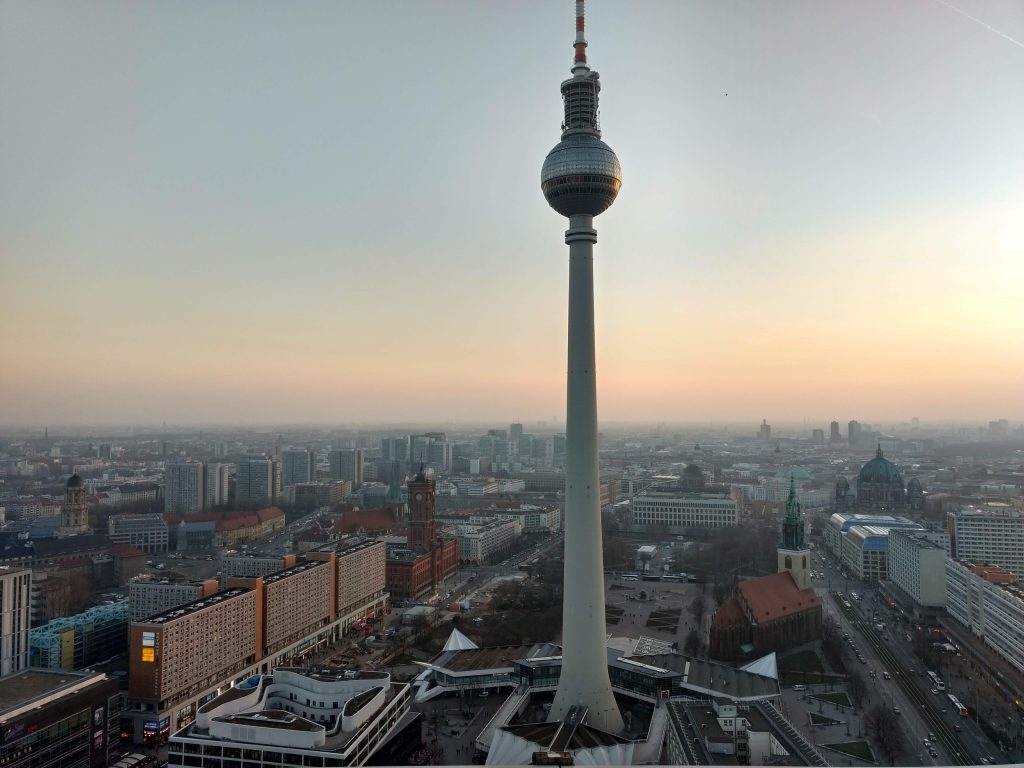
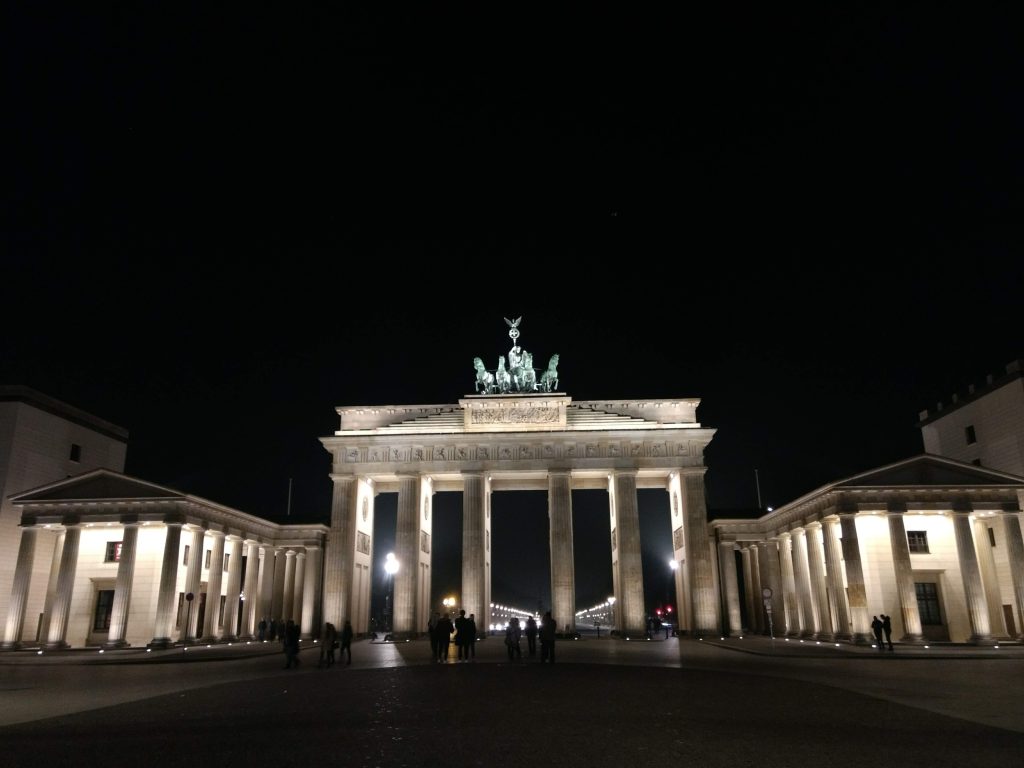
Englannissa eläkeläisten kanssa
Äitini oli ilmoittanut meidät opastetulle turistimatkalle Englantiin, jonka kohteina olivat englantilaiset saippuasarjojen kuvauspaikat, jotka sijaitsivat suurimmalta osin keski-Englannissa. Kävimme muun muassa Sydämen asialla -sarjan kuvauspaikalla, jonka kupeessa oli myös Harry Potter-elokuvista tuttu juna-asema ja sattumalta myös itse Tylypahkan juna paikalla.
Pääsimme myös kävelemään kuuluisaan Emmerdalen vanhaan kylään, jossa sarjaa aikaisemmin kuvattiin. Maistoimme paikallisen Woolpack-pubin oluita ja ostimme matkamuistoja suloisesta pienestä liikkeestä, jonka myyjä yllättäen puhui meille muutaman sanan suomea. Hän sanoikin, että kyseinen kohde on suomalaisten keskuudessa hyvin suosittu.
Koko matka oli sinänsä koominen, koska meidän lisäksemme reissun oli varannut myös suuri eläkeläisryhmä, joiden pyynnöstä suunnitelmia muunneltiin siten, että pääsisimme tutustumaan myös Lontoon kaupunkiin. Tosin siihen annettiin aikaa vain yksi päivä, joten kiirehän siinä tuli.
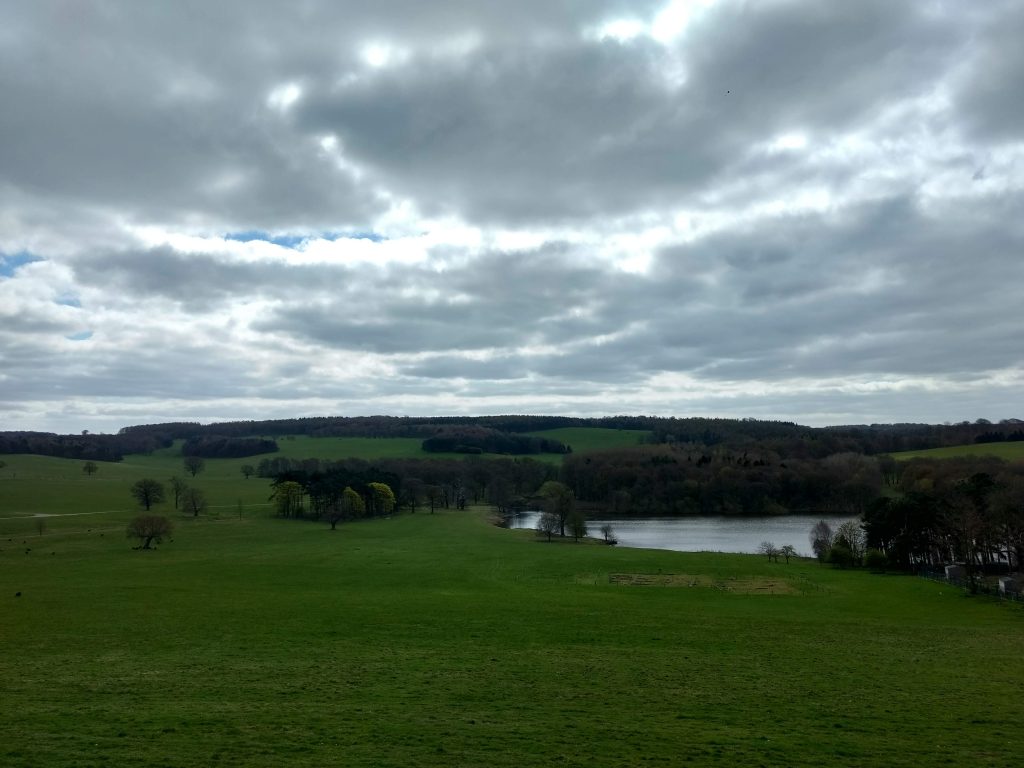
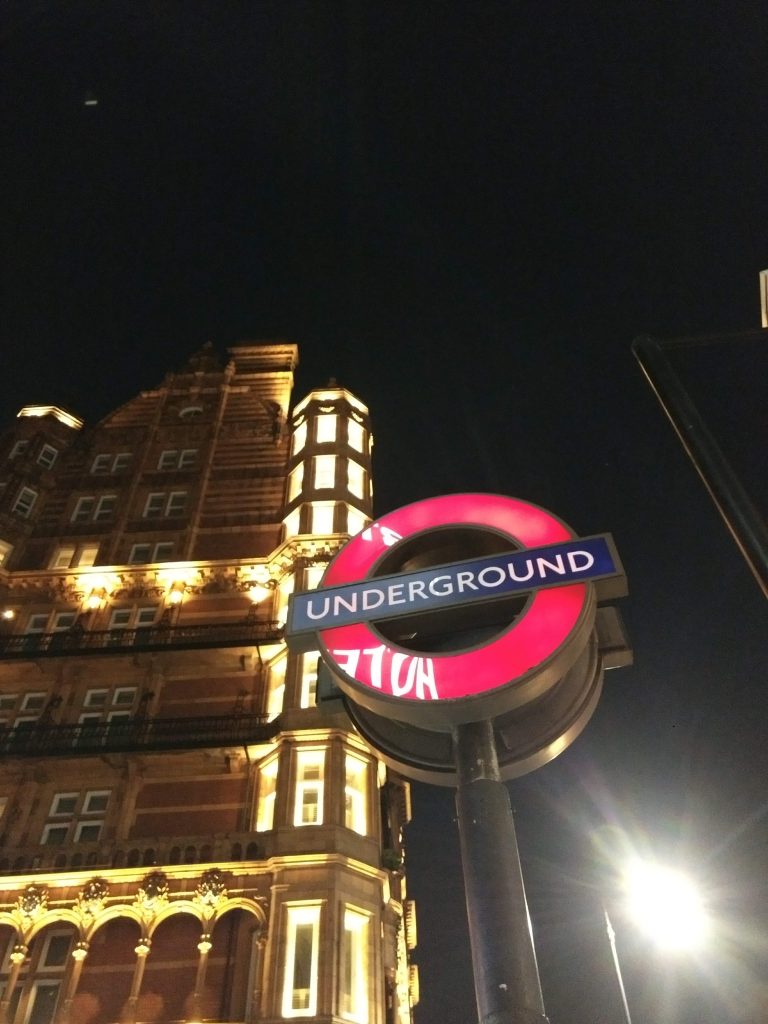
Niin ihanaa kun matkailu onkin, aina ollessani poissa kotoa muistan, kuinka ihanaa on asua Suomessa. Opin arvostamaan kotimaatani aina enemmän ulkomailla ollessani, vaikka mitään negatiivista sanottavaa minulla ei tähän astisista matkoistani ole. Suomi vaan on aina Suomi ♥
Teksti ja kuvat: Janita Velin, ensimmäisen vuoden Matkailuliiketoiminnan opiskelija
